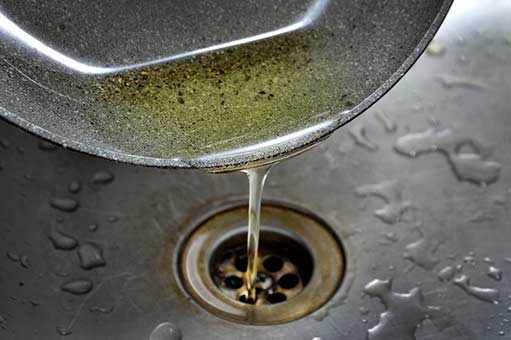
An overflowing toilet is one of the grossest plumbing emergencies in your home. In addition to its highly unpleasant nature, this plumbing issue can stop you from using your toilet. It may even inflict massive damage on your home and belongings, warns the Dennis Management team.
If you have experienced a toilet overflow in your home, what can you do to prevent a future reoccurrence? In this post, we explain everything you need to know about toilet overflows, their immediate and remote causes, and how to prevent the problem.
What is toilet overflow, and what causes your toilet to overflow?
A toilet overflow happens when you flush your toilet and, instead of the water inside the bowl flowing into the toilet drain, the water level inside the bowl rises until the toilet bowl is filled. If the toilet is flushed again during the period, this dirty water can run over the edge of the toilet bowl and spill human waste on the floor.
The toilet would overflow for two main reasons: a clogged drain and sewer line backup.
- Clogged drain: There are many reasons why your toilet drain could be clogged. Sometimes, the blockage is directly below the drain opening. Other times, the clog is deep inside the drainage system. Only the toilet will be clogged if the blockage is just below the drain opening. Blockages deep inside your drainpipes will also affect the other drains in your home.
- Sewer line backup: A sewage backup happens when the content of your sewer line flows in the reverse direction. Instead of the wastewater inside the pipes flowing onwards to the city sewer lines in the street, it comes back into your home. Sewer line backups are an extreme outcome of unattended problems in your sewer line. They are also caused by backflow problems in the home’s plumbing.
How to prevent toilet overflows in your home
To prevent this plumbing emergency, you must know the immediate and remote reasons why your toilet drain is blocked. It is also essential to know the giveaway signs that there are problems in your toilet drain in particular and the drainage system as a whole. How can you prevent blockages in your toilet drain?
Only flush toilet paper and human waste into the toilet
Many items are marketed as “flushable” but have no business going into your toilet. Flushing them into the toilet is the number one reason your toilet drain clogs and overflows. What are some of the items that should never find their way into your toilet?
Cigarette butts, wipes, female sanitary products, baby wipes, paper towels, condoms, medications, chewing gum, dental floss, diapers, and tampons are just a few of the items that will harm your toilet drain. The only things that should go into your toilet are human waste and toilet paper.
Flush toilet properly
Residues of human waste and toilet paper that are left inside the toilet drain after you flush the toilet can build up over time until they become a problem. These residues encourage clogs in the toilet drain. Flush your toilet more than once if you used it for a long time or used a lot of toilet paper.

Washing fats, oils and grease (FOG) into any of your home’s drains is an invitation to disaster.
Do not wash FOGs into your home’s drains
Washing fats, oils and grease (FOG) into any of your home’s drains is an invitation to disaster. Recall that clogs and blockages in any part of the home’s drainage can ripple outwards and backwards to your toilet drain. FOGs predispose your home’s drains to clogs and blockages.
In addition to not flushing FOGs into the drain, you should not use the garbage disposal as a trash bin. Also, avoid flushing the following items into your kitchen sink: starchy foods (rice and potatoes), stringy vegetables, eggshells, and coffee grinds; they will clog your drains.
Avoid chemical drain cleaners
These products offer a quick way to clear the clogs inside your home’s drains, including the toilet drain. However, chemical drain cleaners also harm your drainage system because of the harsh corrosives they contain. These corrosives may erode your pipes, weakening them and predisposing your drains to leaks and clogs.
Have your drains inspected and cleaned on a schedule
Problems that cause the toilet to overflow can be detected on time if the home’s drains are inspected on schedule. Most clogs need time to develop to the point where they can become big enough to cause a sewage backup in your home. Regular sewer camera inspections let you solve problems before they become emergencies.
Finally, what should you do if you suddenly find that the toilet in your home is about to overflow? The best option is to call a professional plumber right away. If the overflow is already in progress, trying to solve it by plunging the toilet rarely works.

